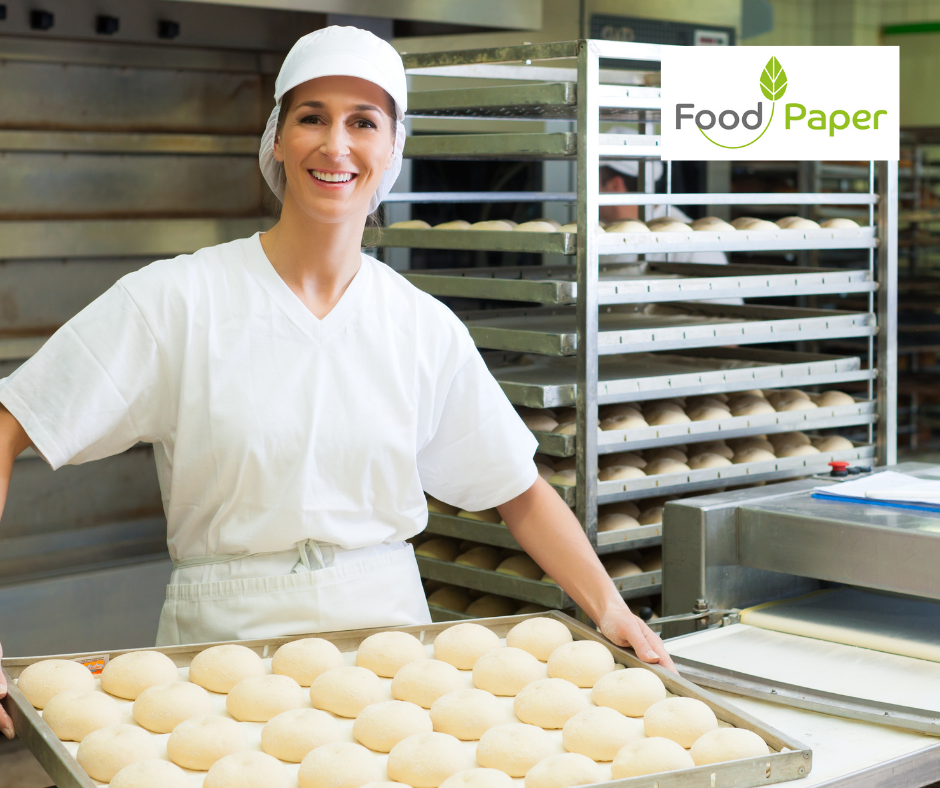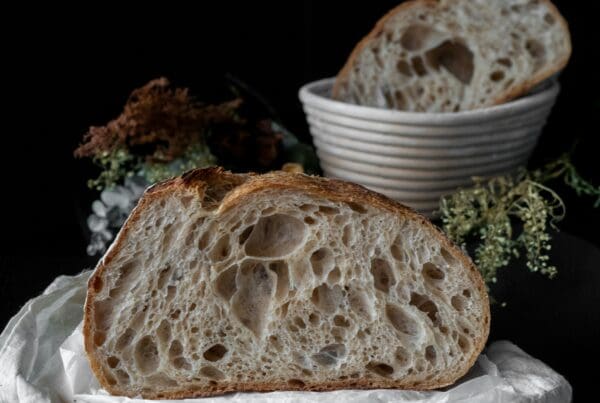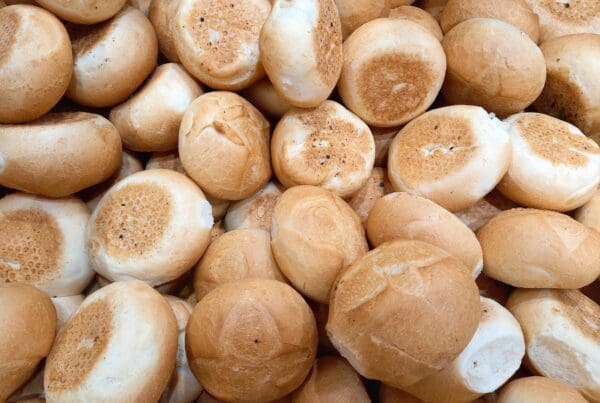A growing problem for all industries, including bakery, is energy efficiency and the battle to be sustainable.
Sustainability can be a rather tricky issue for those in the baking industry. From a purely commercial perspective, sustainability is perhaps seen as less of a driver for bakers when compared with other key consumer drivers, such as: health and fitness, convenience or clean labels.
However, the central tenets of sustainability, such as reducing energy usage and water consumption, and lowering food waste levels are not only better for the planet, but make good business sense too, as they can lower overall production costs, simultaneously improving the bottom line and bakeries’ green credentials. But enhancing bakeries’ sustainability can be easier said than done. While bakers are adept at ensuring economic sustainability in their businesses, the process of how to reduce environmental impacts is far less defined and may in fact be outside a bakery’s immediate sphere of influence.
According to the Industrial Energy Efficiency Accelerator (IEEA) report, published by the Carbon Trust, the UK industrial bakery sector produces approximately 2.5 million tonnes (mt) of baked goods (predominately bread loaves) each year. To do so, it requires energy consumption of some 2,000 gigawatt hours (GWh), which equates to emissions of approximately 570,000 tonnes of CO2 (tCO2) per year.
In industrial bakeries, the prover, oven, cooler and associated steam boiler plant typically accounts for between 50-60 per cent of the total carbon emissions, with the oven using the most energy. With energy demands in the bread making process dominated by the oven, there is therefore a financial benefit in reducing baking times. The baking of bread traditionally targets a core temperature of 94-96C based on microbiological, enzymic and structural criteria.
However, anecdotal evidence suggests that this is higher than necessary and that a target temperature of around 90C could be acceptable. Researchers at Campden BRI are looking into this specific area to assess if a reduction in temperature would be effective and viable.
They used white pan bread to investigate what impact a reduced bake time has on bread quality, specifically: loaf volume, texture, extent of starch gelatinisation and bread structure. The researchers found that a 20 per cent reduction in bake time resulted in bread in which the starch was gelatinised and all other textural and structural parameters were similar to those for bread baked for the full bake time. This corresponded to a bread core temperature of around 85C on exit from the oven. An increase in oven temperature from 240-250C was required to achieve the crust colour and strength.
The overall finding from the research project was that operating to a lower core temperature will lead to energy reductions during the baking process. This work is ongoing and is investigating the effects on other types of bread such as wholemeal and malted grain. Further energy reductions can be achieved in mixing and proofing if lower water content but warmer dough is used.
The largest single site energy consumer in bakeries is the baking oven, so any business seeking to reduce costs and lessen environmental impacts, should look at their ovens and assess whether they are the most effective equipment to maximise carbon efficiency. One of the main industry opportunities for significant carbon emissions reductions is improving oven combustion efficiency.
However, this is easier said than done. The Carbon Trust’s IEEA report states that some improvements have been made to improve the efficiency of bakery plants, either by changing operating practices or using new technologies – but that these have been limited. This is not surprising given that main plant items tend to have typically long lifetimes, with equipment over 30 years’ old still in operation today. So major energy using plant, such as provers, ovens and coolers are often operated according to their original set-up and specification.
Of course, buying new equipment such as new ovens or coolers represents a significant capital investment – one which may be cost prohibitive for many of the smaller, independent bakeries and may only be feasible in the largest bakery plants which achieve better economies of scale. Many large plant bakeries use gas-fired baking ovens as their heating source. While baking using electricity can be extremely energy efficient, gas is often preferred as the main heat source because the water vapour from the fuel creates a humid baking environment, which helps to reduce water loss at all stages of the baking process.
More information about Linwood Raker can be found at www.linwoodraker.co.uk
Want to try Food Paper? Request your trial here




